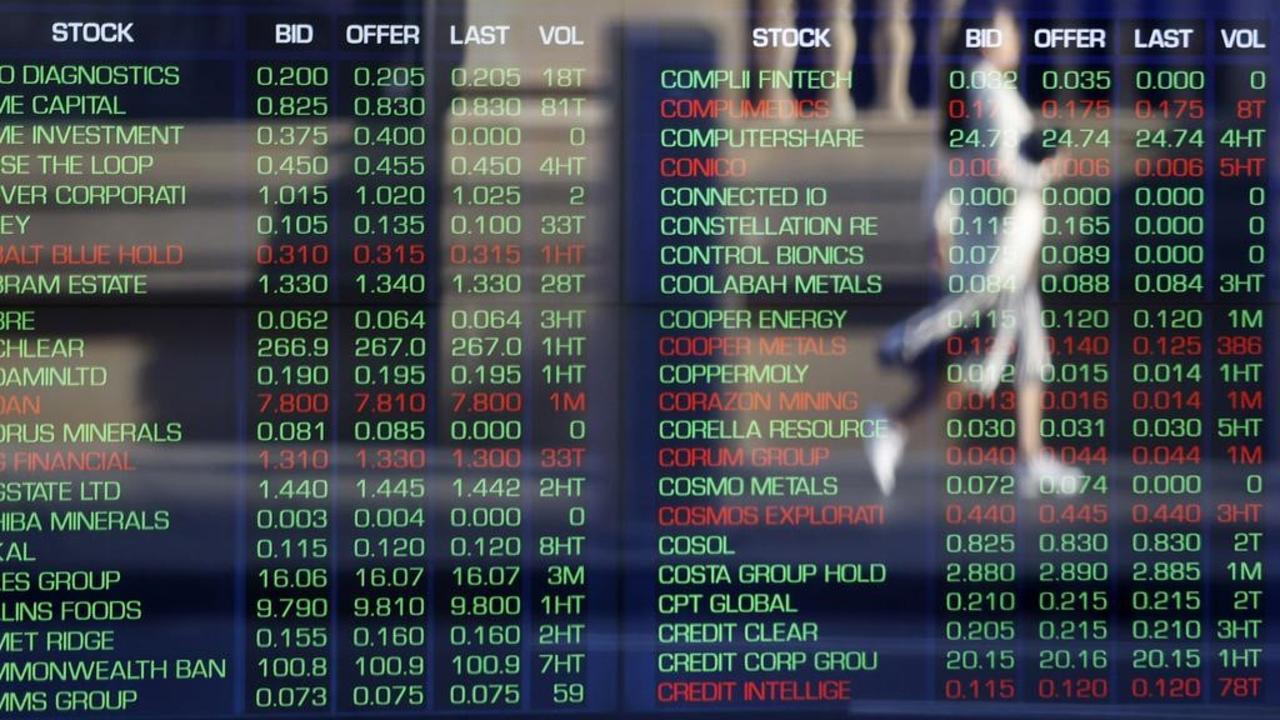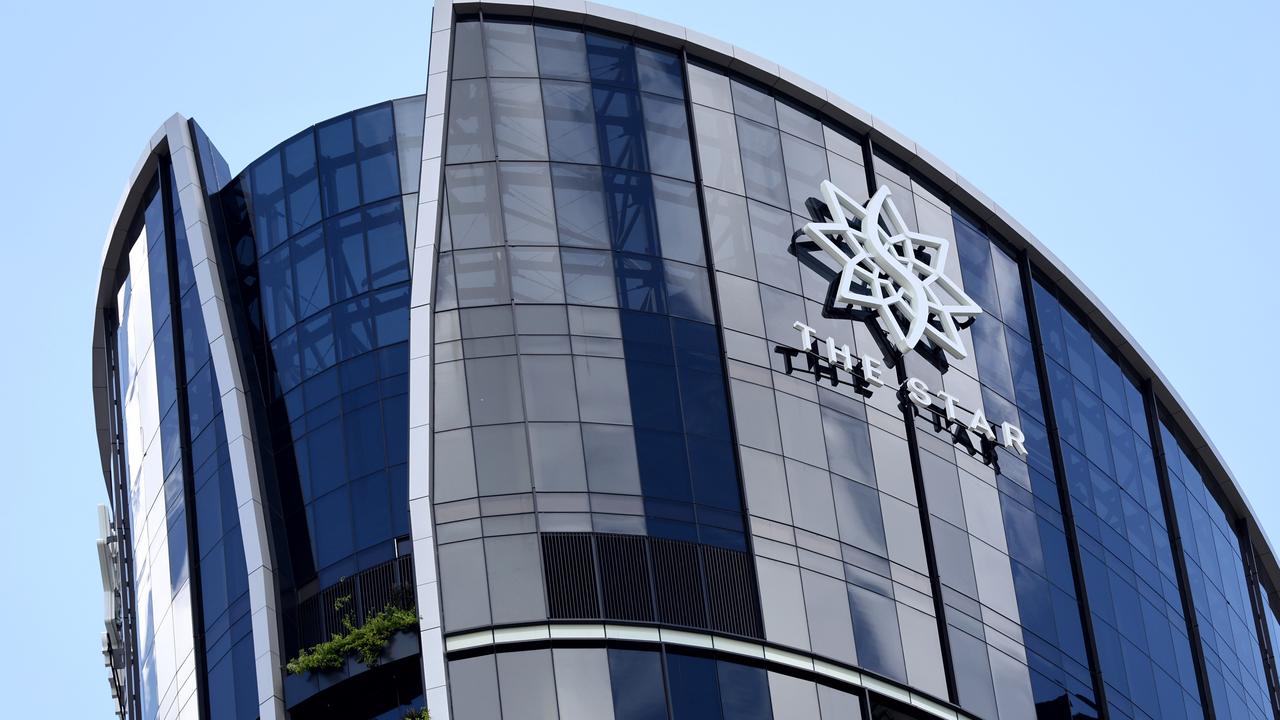
The days of political games on major issues are coming to an end.
From all around Australia I am receiving the same message: we must be more self-sufficient in manufacturing and less dependent in China. Australians always knew that the export of minerals to China coupled with Chinese tourists and students made us very dependent on China.
What Australia did not realise was that when we lowered our costs by closing much of our manufacturing we made vast areas of our heath, transport, and building industries dependent on one nation, which happened to be China. This is not an anti-China commentary – we are going to have to learn to live with the Middle Kingdom and its different culture – but rather a documentation of a lesson the stretches back through the centuries. Nations that become too dependent on another country are taking a high risk, which normally ends in grief. Australia learned this in the Second World War. We were too dependent on Britain, which became involved in a European war leaving us stranded.
After the war we responded by developing a major manufacturing operation, which often suffered from lack of scale. As minerals gave us prosperity we disbanded big manufacturing areas, finding it seductive to tag onto the massive manufacturing complexes that were developing in China. Now COVID-19 has become akin to a war and retaught us the lesson of what it means to be a remote island nation. It was a lesson we had forgotten.
Time to be smarter
But this time we need to be much smarter in restoring our self-reliance. Technology has taken away the tyranny of scale. We can make small quantities for the same unit cost as a million items. The 1950s and 1960s was all about huge factories. This time around it will be about medium-sized and sometimes small enterprises developing technology-focused advanced manufacturing to produce the goods and services we need. We will still buy goods from China, but we will be less reliant.
Let’s look at some of the areas that will be important to our future. We need to embrace the new advanced manufacturing techniques that require constant investment in research. In health we clearly need to make portion of our demand for important medicines, but we also need to harness our research efforts. CSL has become a rare research-driven Australian success, but there is no other similar operation on the map. We need to develop a lot more research-oriented medium sized health companies like stem cells pioneer Mesoblast.
Australia is a steel producer, but we also need to use advanced manufacturing techniques to make us world leader in steel products. We still have a large number of medium-sized enterprises that need to be encouraged to take the next step.
We also need to part of the future development of different minerals. We are a large producer rare earths and titanium We need to take these minerals to the processing stage.
Former Resources minister Ian Macfarlane heads IMCRC, a co-operative research centre that helps Australian companies increase their global relevance through research-led innovation in manufacturing products, processes and services.
IMCRC partnered with CSIRO and RMIT to research and help develop the titanium technology of Titomic, which is headed by Jeff Lang. Titomic has funded extensive research work on titanium products via an ASX capital raising. Titomic has reached an agreement with a GE offshoot under which the two groups will co-operate and co-develop titanium and titanium alloy powders for use in Titomic’s Kinetic Fusion systems. The agreement develops Titomic’s global supply chain of metal powder feedstocks. Titomic’s research means it is still incurring losses but its an example of where our future lies.
That combination of talented medium sized enterprises, university research, and capital prepared to take early losses can be extended over many areas including renewable energy generation, hydrogen recycling and other areas where Australia has considerable advantages. There are major overseas funds willing to back technology in these areas.
Useful graduates
Our universities developed a vast business in overseas students, but many are not producing Australian graduates ready to work in medium sized companies. Given it will be the middle-sized companies that will drive our future in these growth areas this is a clear weakness in our tertiary education system.
The Prime Minister set up the National COVID-19 Co-ordination Commission under former Fortescue chief Nev Power. It has wonderful people on its board but none of them come from middle-sized enterprises. Nev, you need to fill that gap if you are to harness the talents on your board.








The COVID-19 pandemic has made Australians much more aware of where we went wrong and what needs to be done.